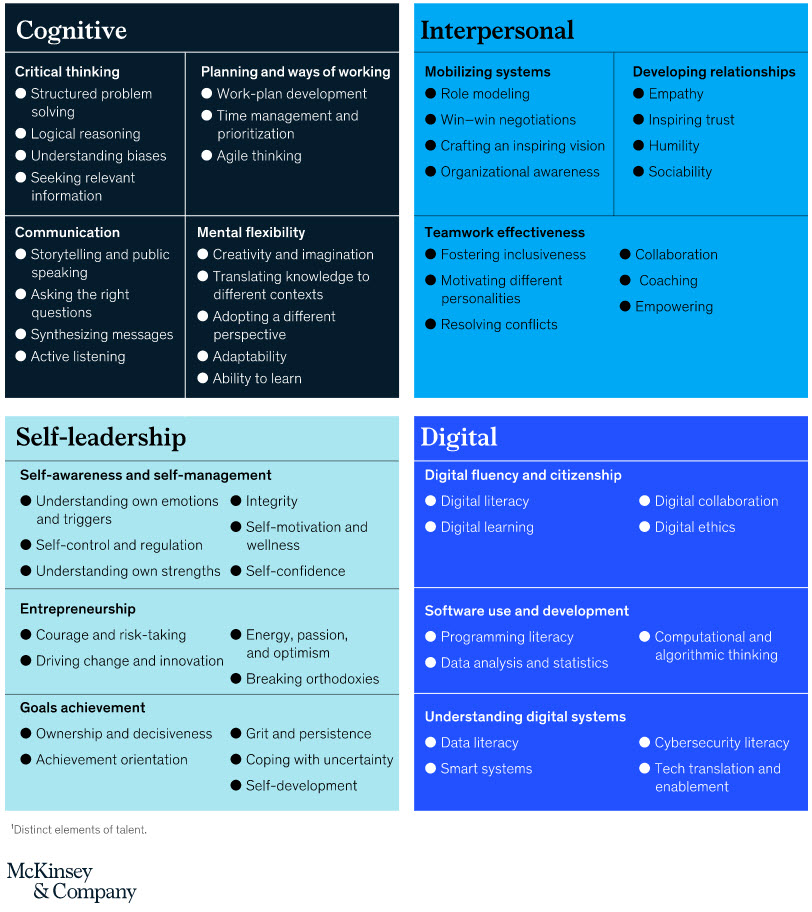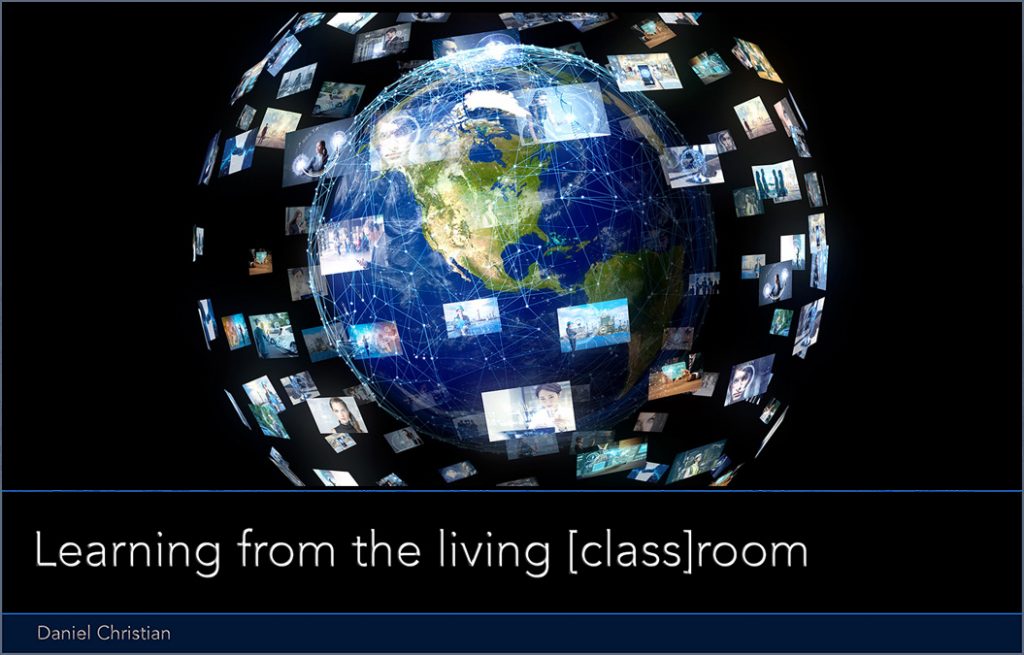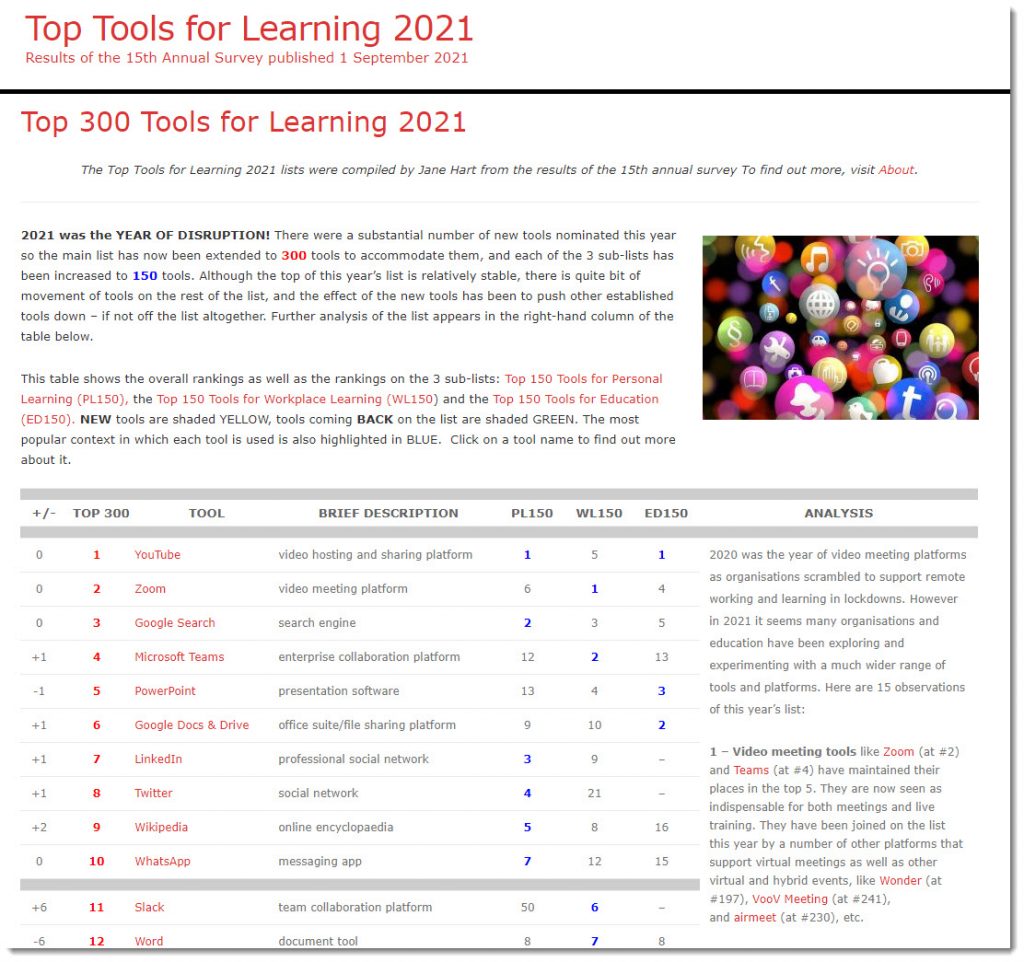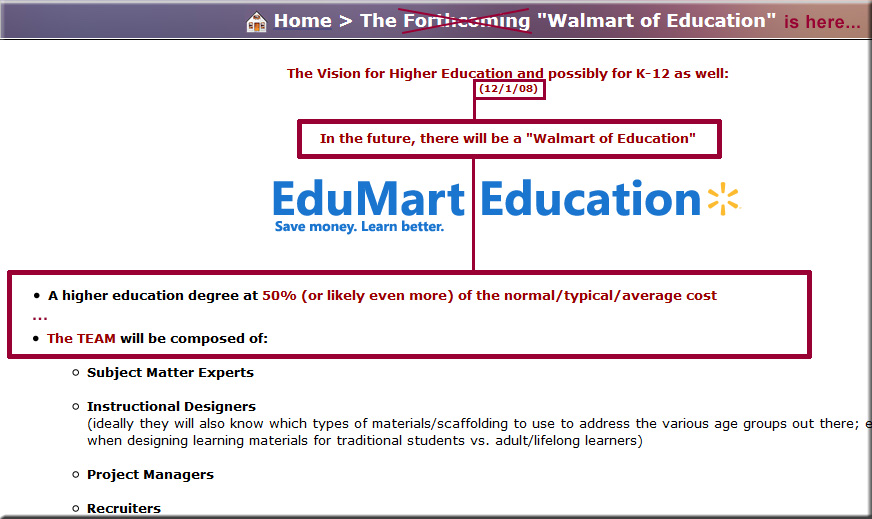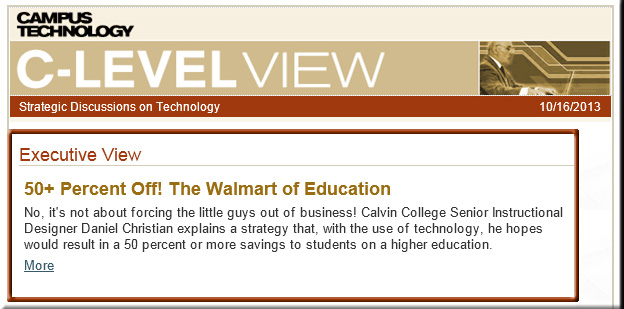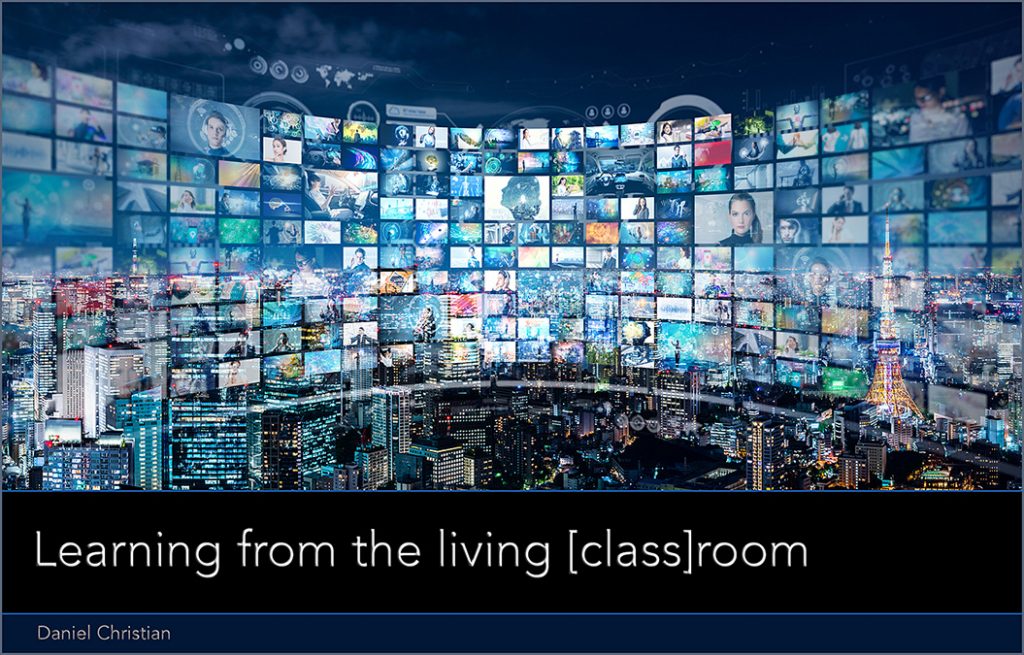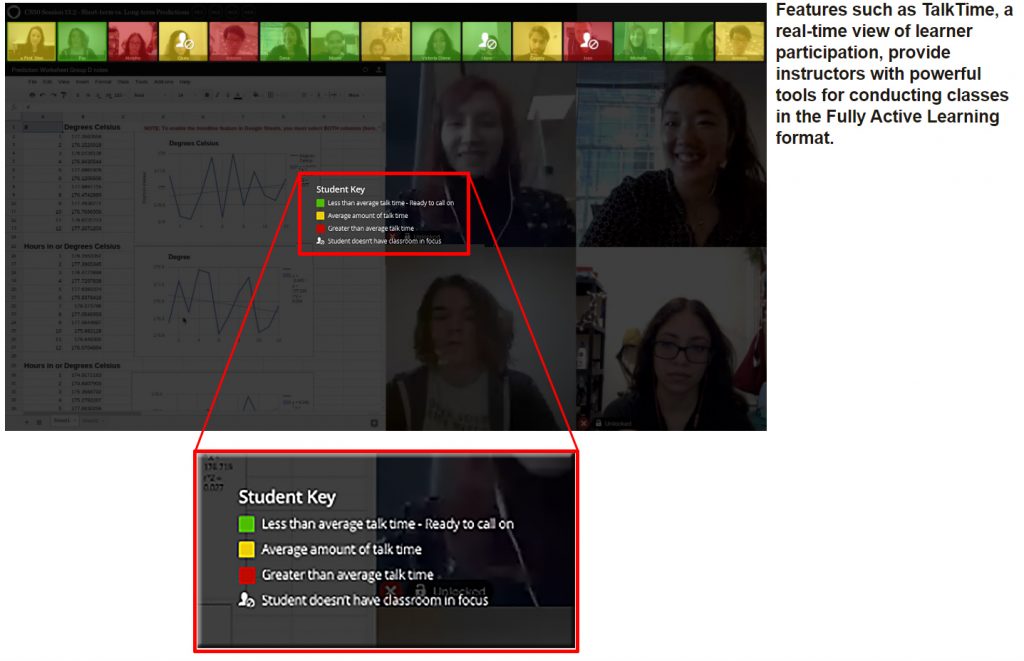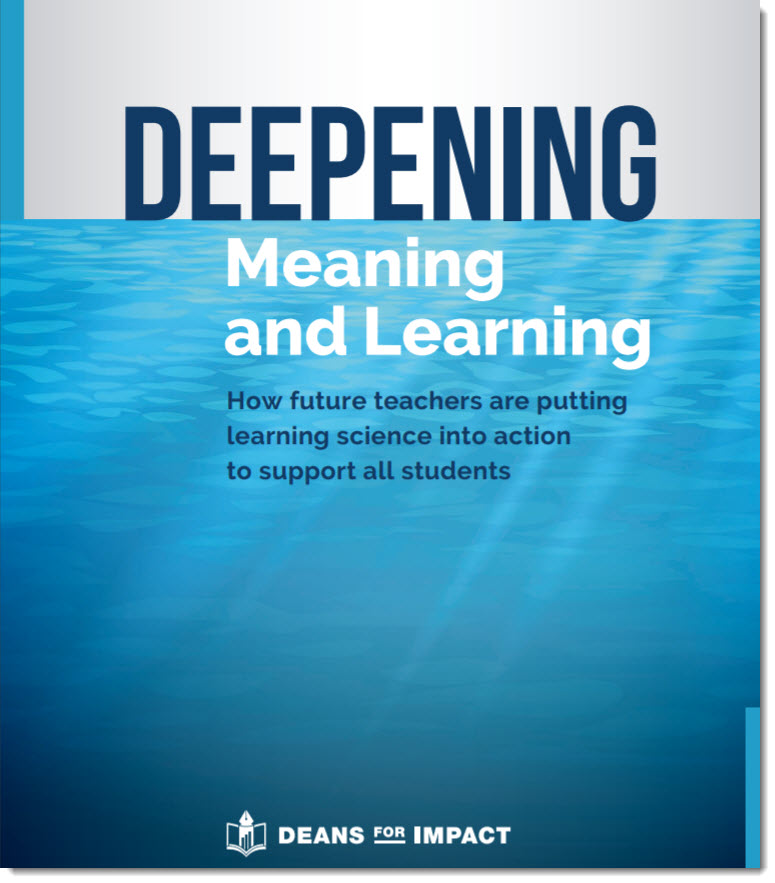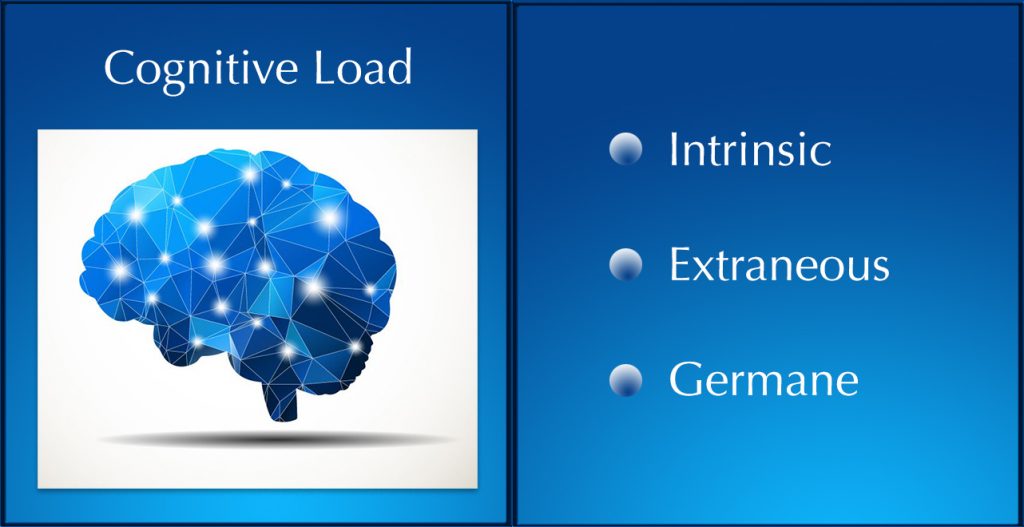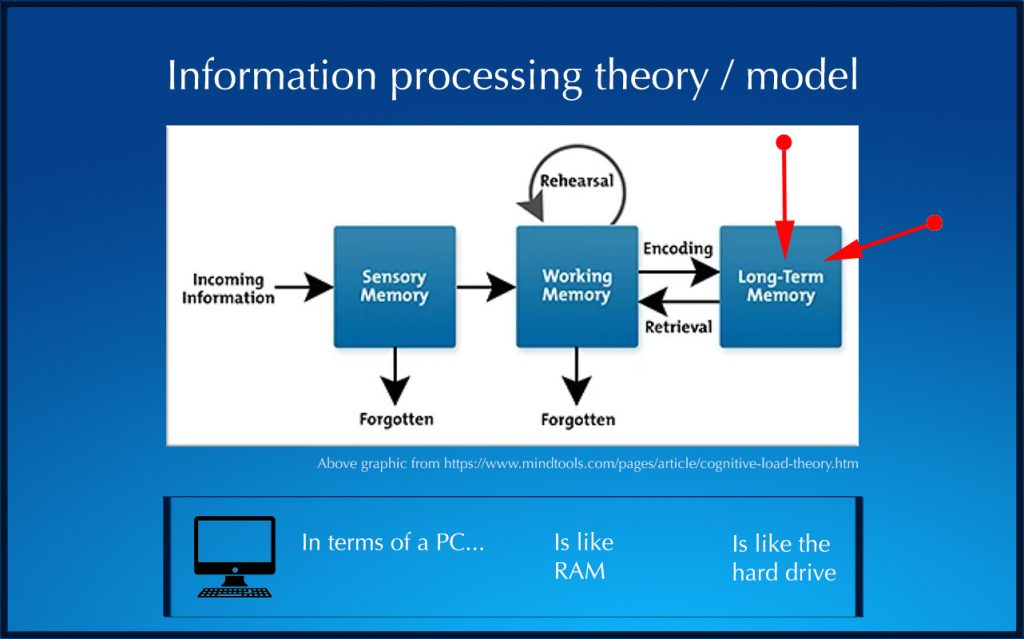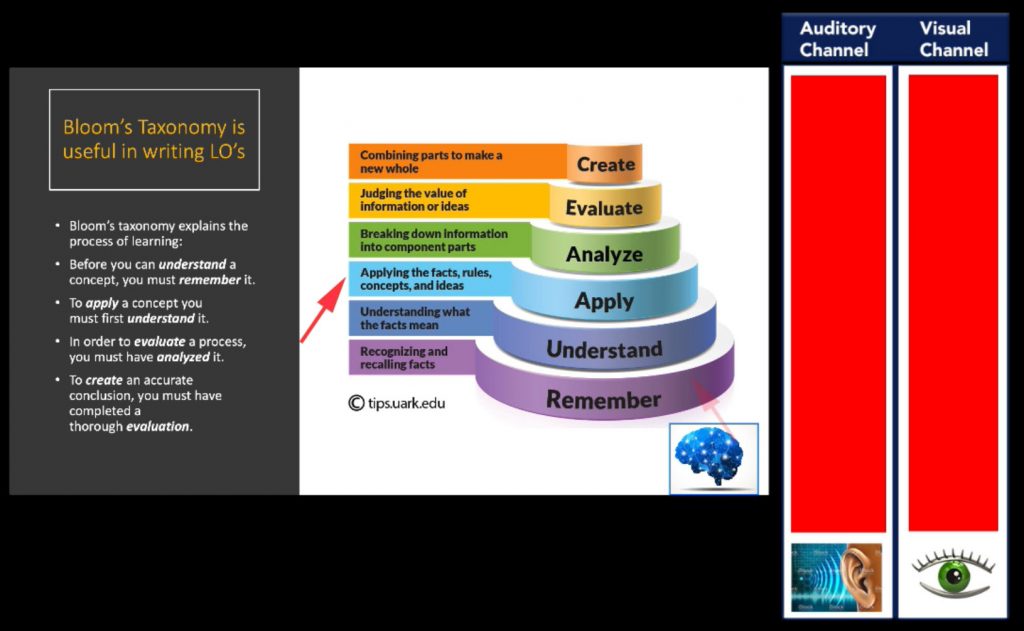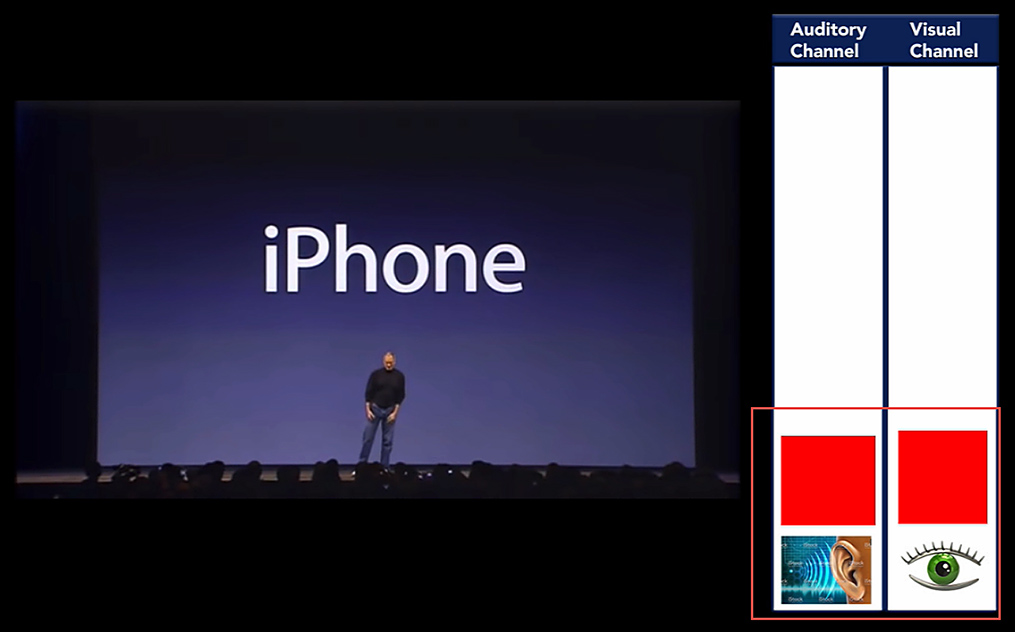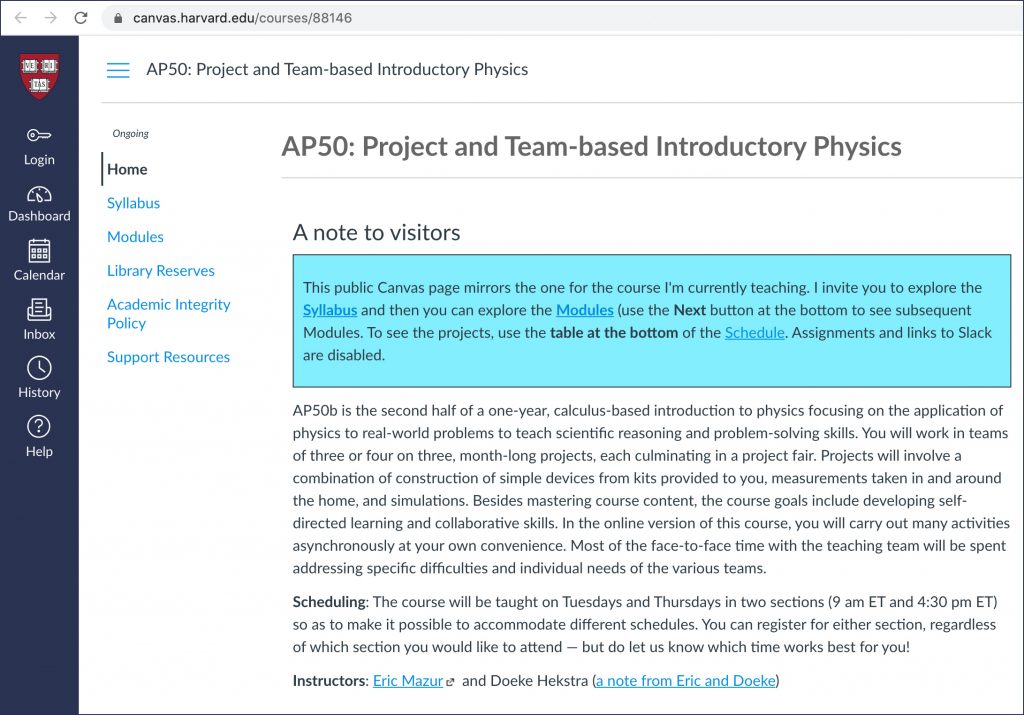From DSC:
What if we could quickly submit items for a group to discuss, annotate, and respond to — using whichever media format is available/preferable for a person — like a massive 3D-based Voicethread? What if this type of discussion could be contributed to and accessed via Augmented Reality (AR) and/or via Virtual Reality (VR) types of devices?
It could be a new 3D format that a person could essentially blow all the way up into the size of a billboard. Think, “Honey, I shrunk the kids” type of stuff.
Input devices might include:
- Augmented Reality (AR) glasses
- Virtual Reality (VR) headsets/glasses
- Scanners
- Smartphones
- Tablets
- Desktops and laptops
- SmartTVs
- Other types of input devices
For example, a person could take a picture of a document or something else and then save that image into a new file format that would be vector-based. I say a vector-based file format so that the image could be enlarged to the size of a billboard without losing any resolution (i.e., wouldn’t become grainy; the image would remain crystal clear regardless of how big the image is). I’m thinking here along the lines of “Honey, I shrunk the kids!”
Other thoughts here:
- The files could be accessible online for attendees of classes or for audiences of presentations/webinars
- The files could be displayed on the walls of learning/presentation spaces for marking them up
- One could manipulate the 3D image if that person was using a virtual/immersive environment
- Users should be able to annotate on those images and/or be able to save such annotations and notes
A question for phase II:
Could this concept also be used if virtual courts take off?
Hmmmm…just thinking out loud.









